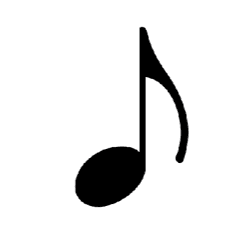Myths about teaching can hold you back
- Year 10
- Edexcel
Melodic fundamentals
I can explain features of effective melodies and use these to compose a simple melody.
- Year 10
- Edexcel
Melodic fundamentals
I can explain features of effective melodies and use these to compose a simple melody.
These resources will be removed by end of Summer Term 2025.
Switch to our new teaching resources now - designed by teachers and leading subject experts, and tested in classrooms.
These resources were created for remote use during the pandemic and are not designed for classroom teaching.
Lesson details
Key learning points
- Effective melodies balance repetition and contrast.
- They are built using the notes of a particular scale and a variety of rhythms.
- Using 2-bar phrases and conjunct movement helps a melody to sound effective.
- Melodies use the dominant (fifth) halfway through to sound unfinished, then the tonic at the end to sound finished.
- It is possible to write effective melodies without all of these rules, but they are a good starting point for composing.
Keywords
Melody - the tune, usually the most memorable feature in a piece of music
Scale - a set of notes
Conjunct - movement between notes based on small intervals (steps)
Phrase - a short section of a melody, often lasting 1, 2 or 4 bars
Tonic - the ‘home’ note in a key and the note that the key is named after (e.g. the tonic in C major is C)
Common misconception
Using new ideas in every bar is the best way to compose a melody
Finding a balance of repetition and variety is usually more successful as it helps the melody become memorable.
To help you plan your year 10 music lesson on: Melodic fundamentals, download all teaching resources for free and adapt to suit your pupils' needs...
To help you plan your year 10 music lesson on: Melodic fundamentals, download all teaching resources for free and adapt to suit your pupils' needs.
The starter quiz will activate and check your pupils' prior knowledge, with versions available both with and without answers in PDF format.
We use learning cycles to break down learning into key concepts or ideas linked to the learning outcome. Each learning cycle features explanations with checks for understanding and practice tasks with feedback. All of this is found in our slide decks, ready for you to download and edit. The practice tasks are also available as printable worksheets and some lessons have additional materials with extra material you might need for teaching the lesson.
The assessment exit quiz will test your pupils' understanding of the key learning points.
Our video is a tool for planning, showing how other teachers might teach the lesson, offering helpful tips, modelled explanations and inspiration for your own delivery in the classroom. Plus, you can set it as homework or revision for pupils and keep their learning on track by sharing an online pupil version of this lesson.
Explore more key stage 4 music lessons from the Fundamentals of composition unit, dive into the full secondary music curriculum, or learn more about lesson planning.

Equipment
DAW, notation software, keyboard or other suitable instrument as a composition tool
Licence
Prior knowledge starter quiz
6 Questions
Q1.What is this note?
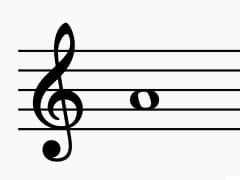
Q2.What is this note?
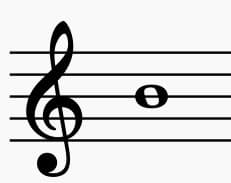
Q3.What note is this?
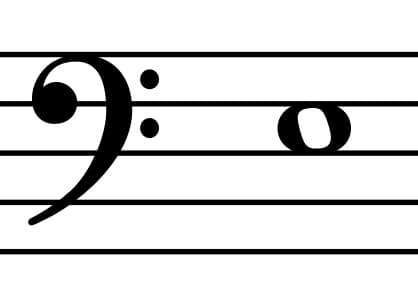
Q4.What type of note is this?
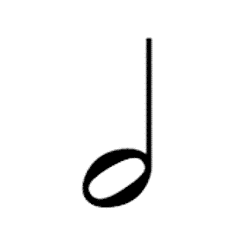
Q5.How many beats does this note last for?
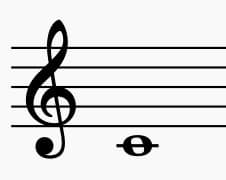
Q6.How many of these notes fit into one beat?
